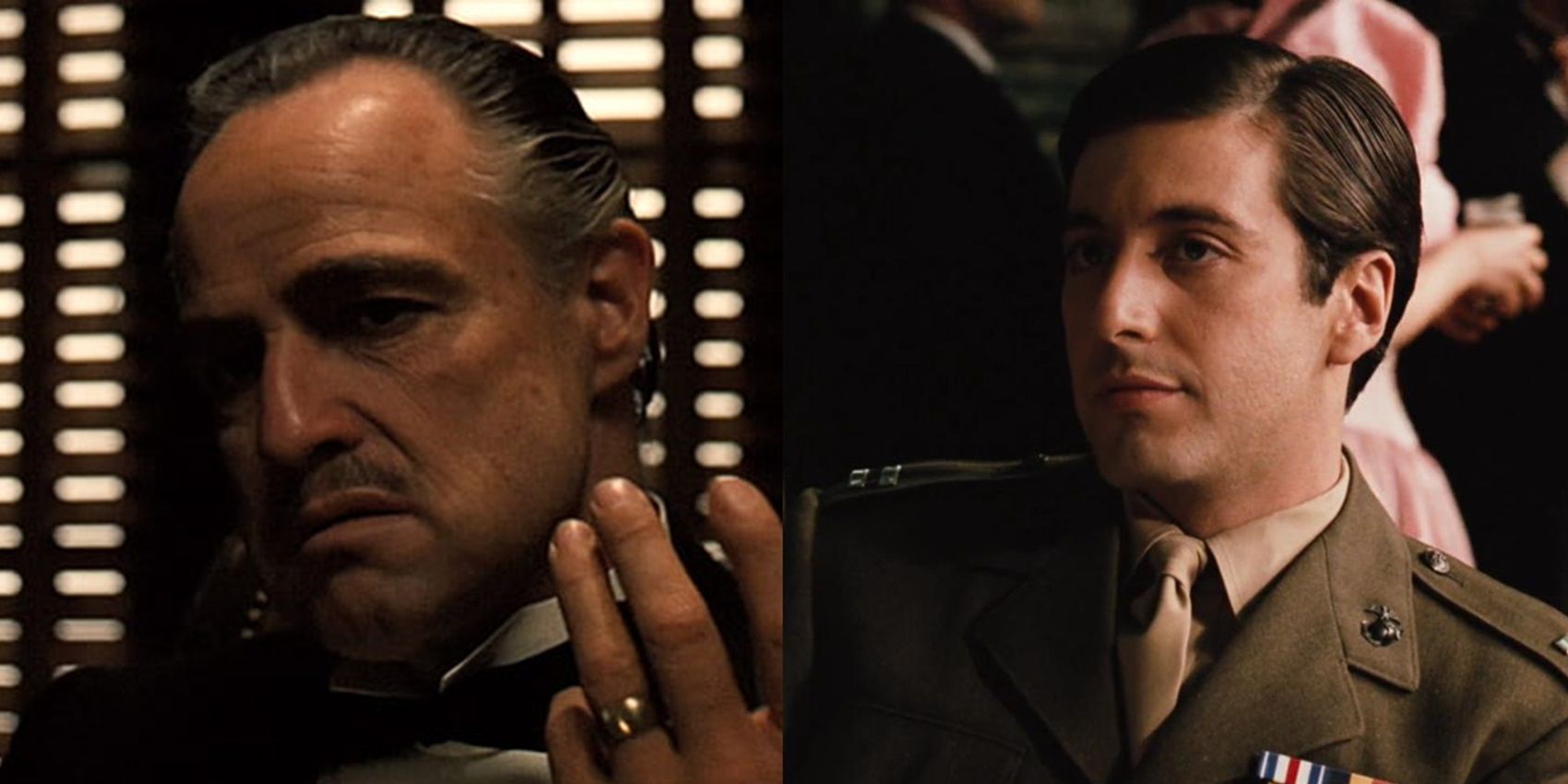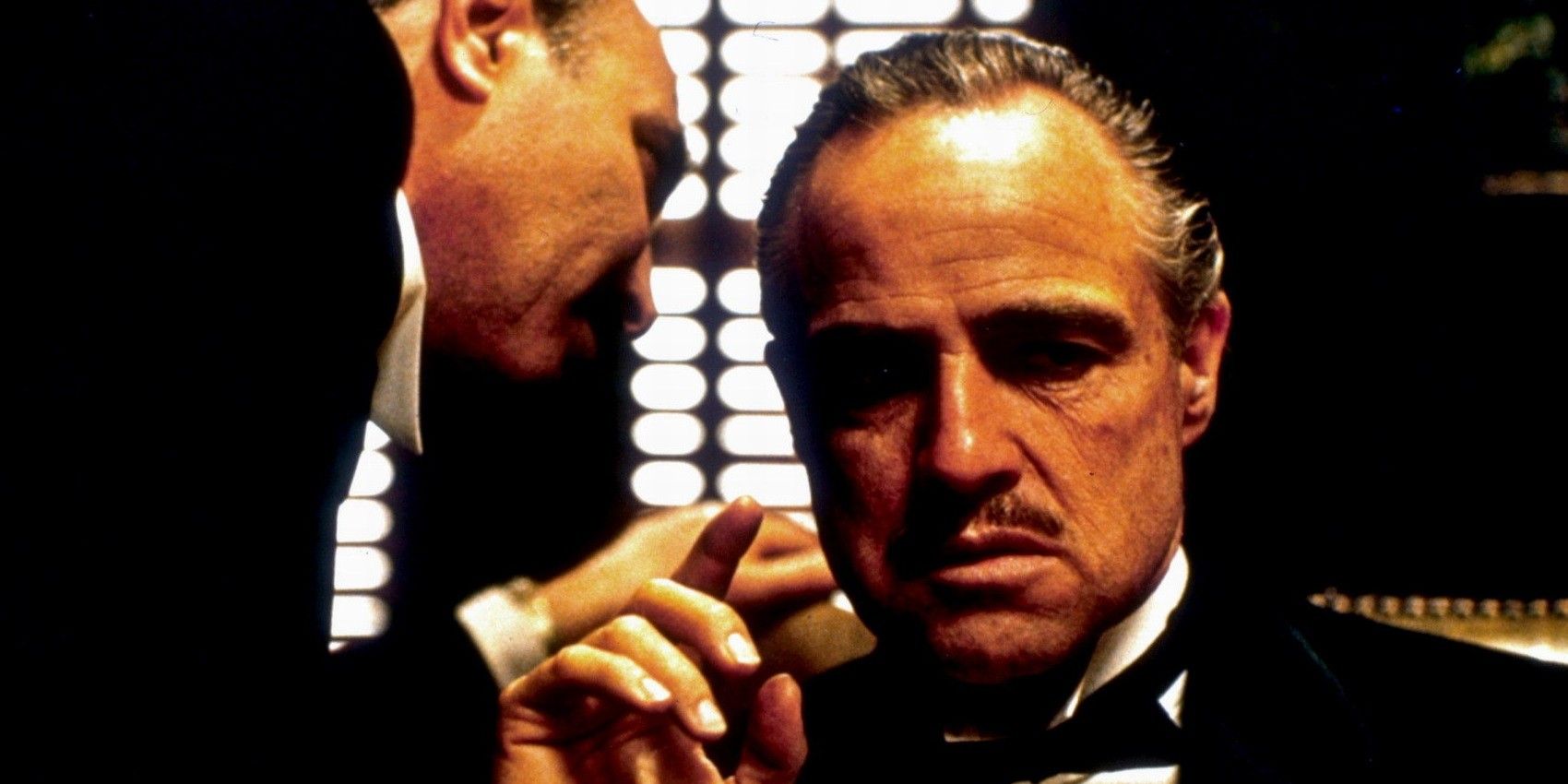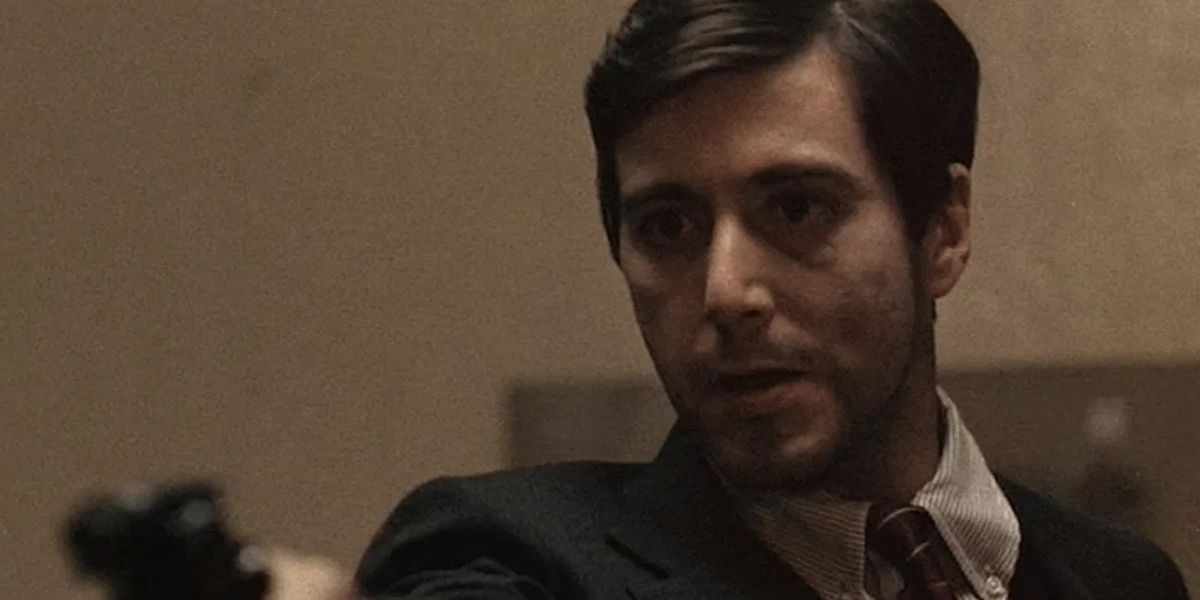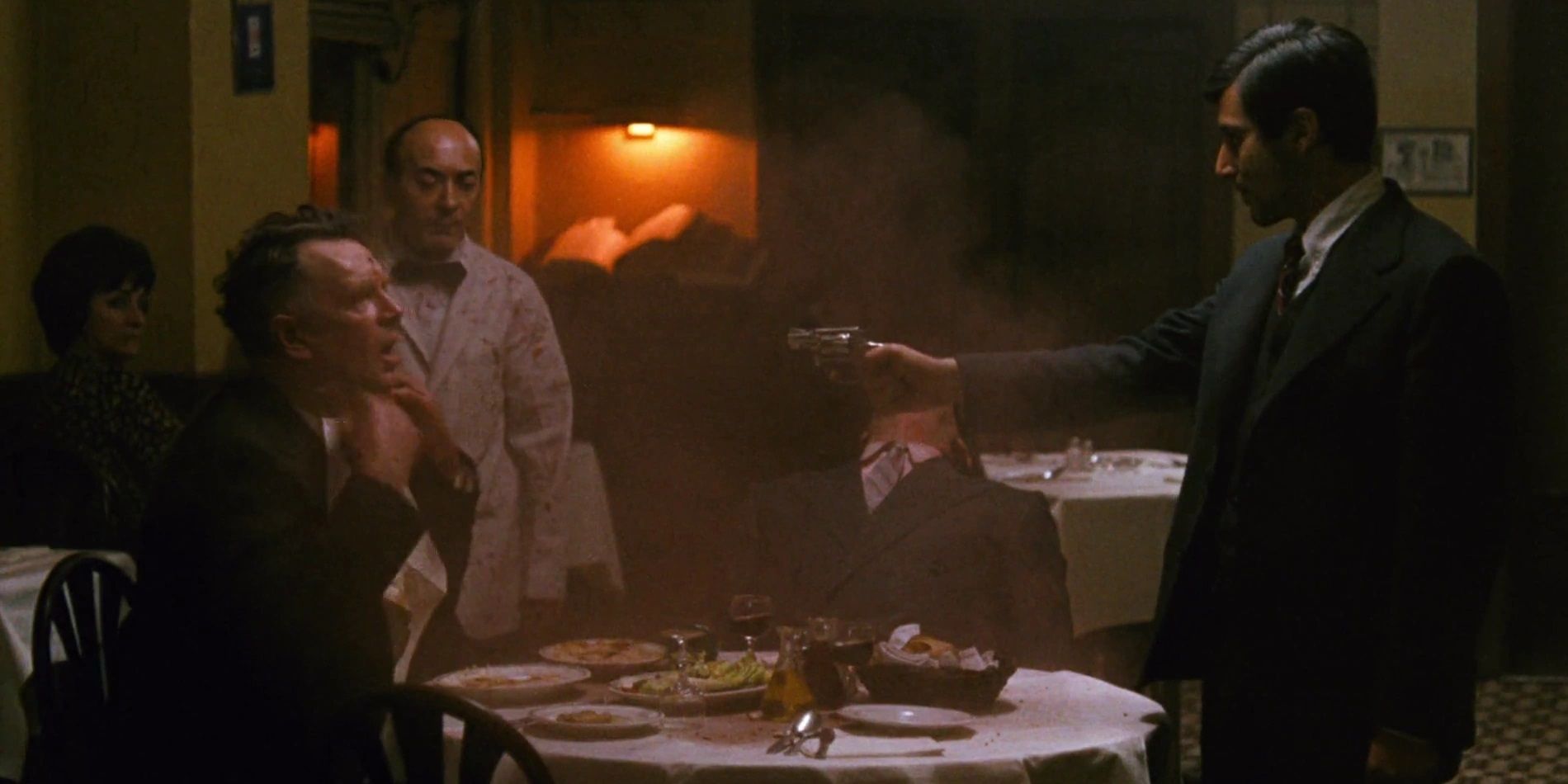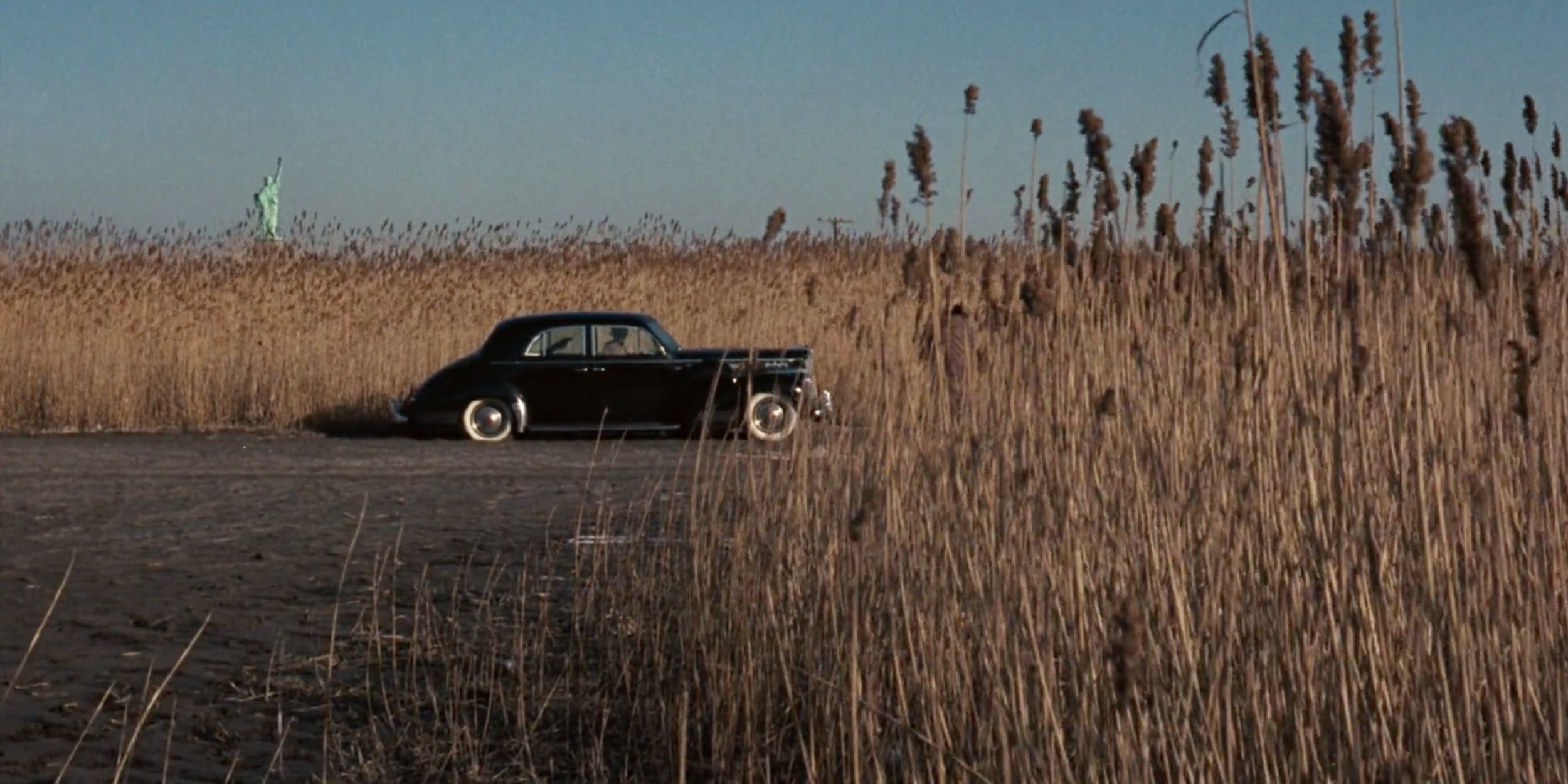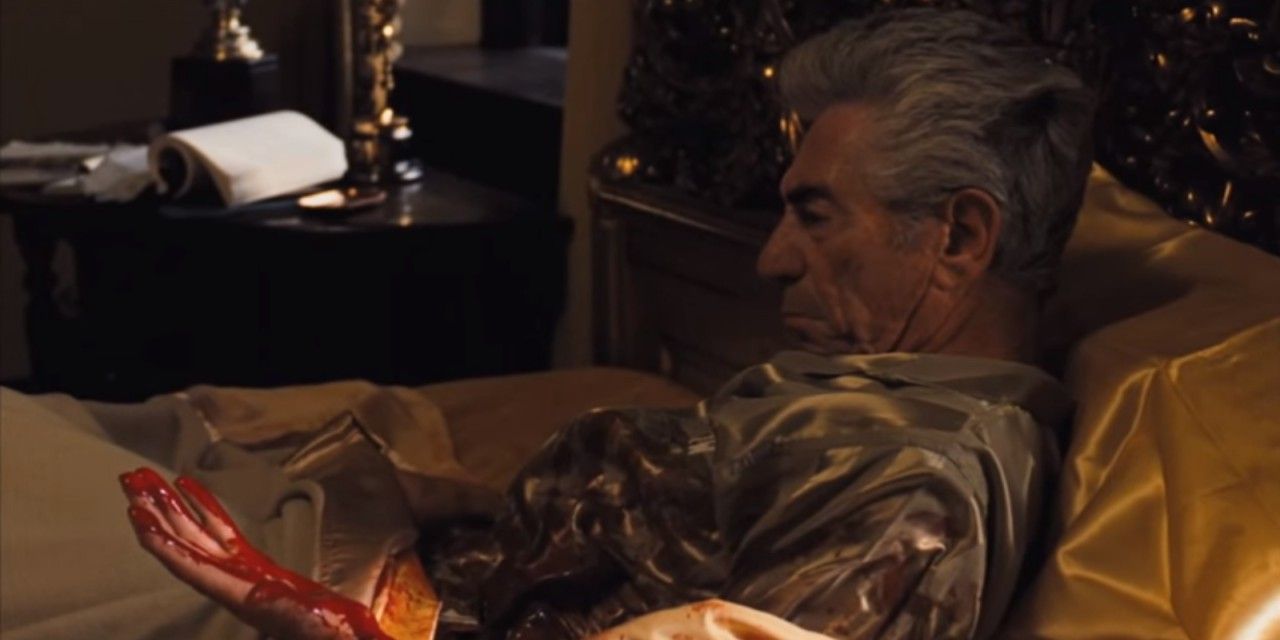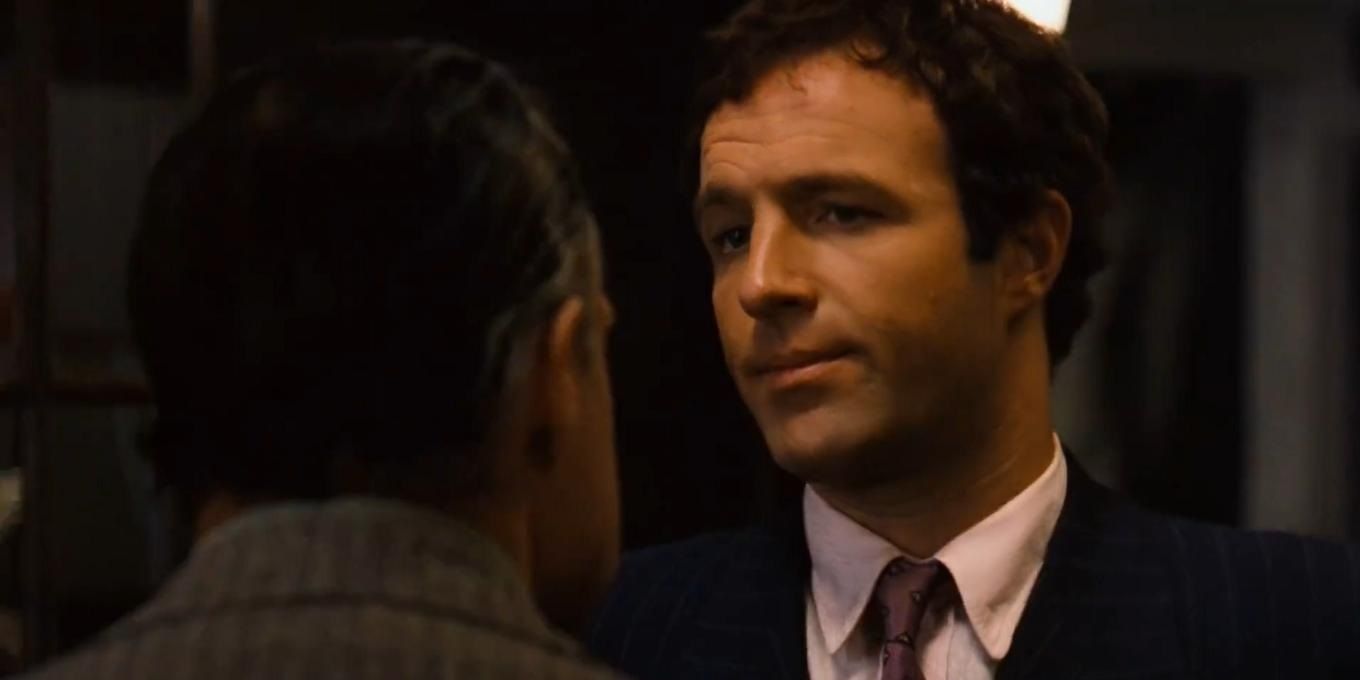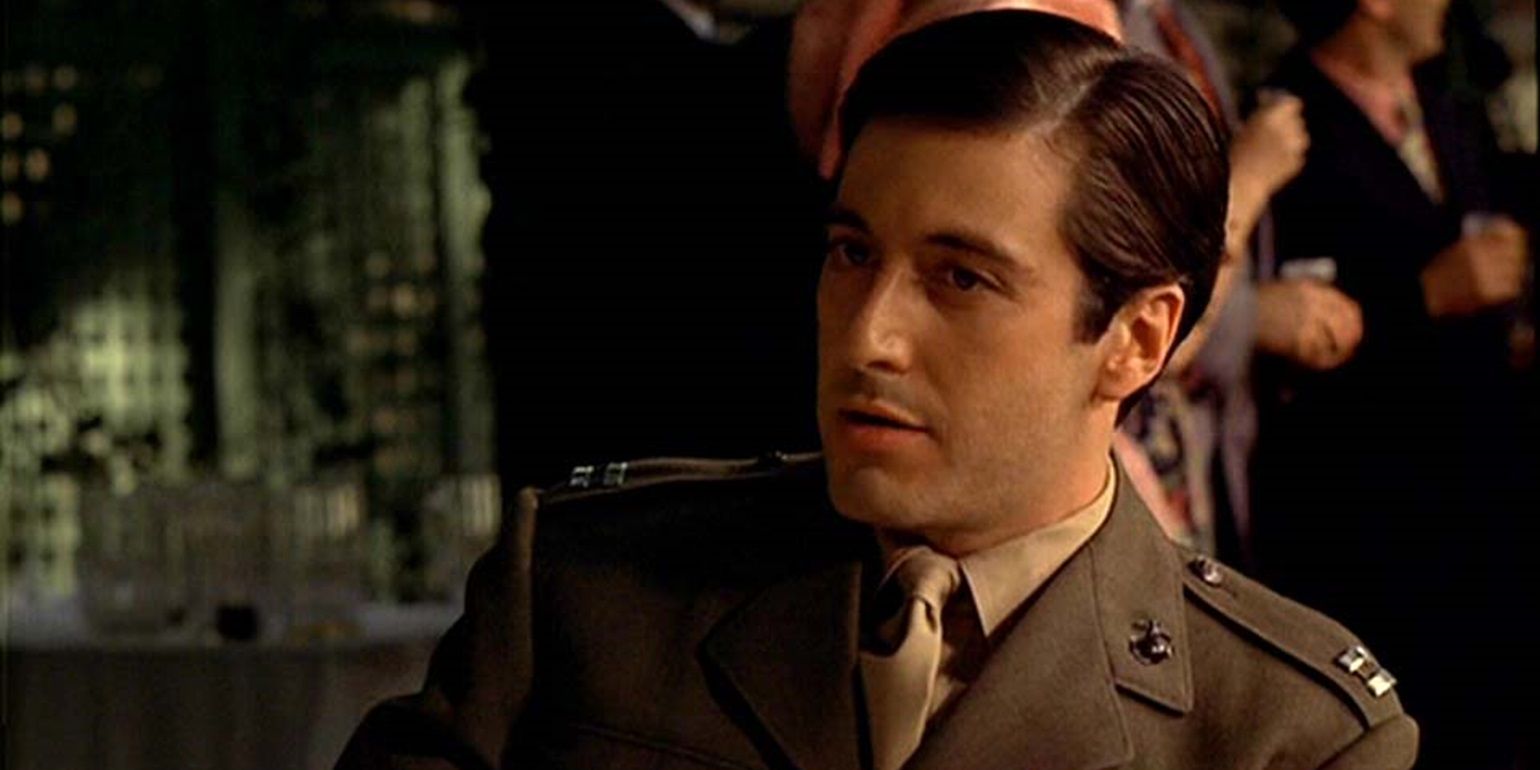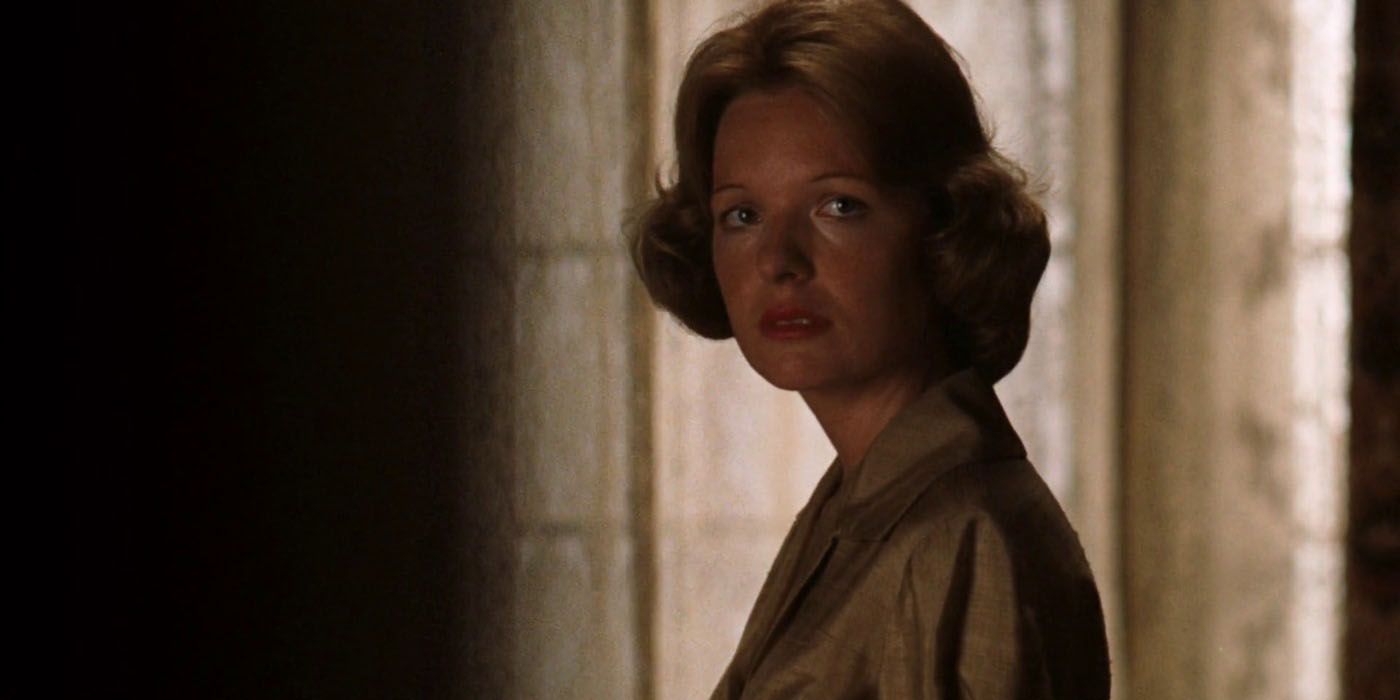Ever since George Lucas’ Star Wars changed the face of Hollywood cinema, every movie to hold the record for the highest-grossing movie ever made has been a big sci-fi blockbuster epic. But, five years before Star Wars came along, Francis Ford Coppola broke that same record with a decidedly darker, more adult-oriented movie.
It’s hard to imagine that a blood-drenched three-hour gangster epic was the Empire Strikes Back of its time, but it's a testament to the brilliance of Coppola’s vision. Half a century later, The Godfather remains a timeless masterpiece that’s still being discovered by new viewers today.
Marlon Brando’s Iconic Performance As An Aging Mob Boss Is Timeless
Decades into his acting career, Marlon Brando gave one of his most iconic performances as aging mob boss Vito Corleone in The Godfather. Al Pacino is really the star of the movie, but Brando’s Vito is responsible for many of the most memorable moments in the movie, like the opening scene at his daughter’s wedding when he’s fielding requests or his surprisingly sweet scene in the tomato garden with his grandson when he puts an orange peel over his teeth.
Brando’s turn is minimalist and understated, giving the impression that the Don has enjoyed power for so many years that he no longer feels the need to exercise it or show it off.
Al Pacino’s Haunting Portrayal Of Michael Was Career Changing
Michael Corleone isn’t the lead character of Mario Puzo’s source novel, one of the many things that fans may not know about the character, but Coppola had the right idea when he focused the story of an infamous crime family on the one who seems to have a chance at a legitimate career and a crime-free existence. Al Pacino was relatively unknown before Coppola cast the actor in The Godfather role, but he never had to worry about recognition again after blowing audiences away with his haunting portrayal of Michael’s corruption.
At the beginning of the movie, Pacino plays Michael as a noble war veteran with a bright future. By the end of it, he’s a heartless criminal. The actor captures this journey in a few key point-of-no-return moments, like the murders of Sollozzo and McCluskey.
The Contrast Between The Mob's Glamorous Lifestyle With The Dirty Work Was Influential
The wealth and extravagance of the Corleone family has been accused of glamorizing mafia life, but Coppola doesn’t pull any punches in depicting the violence and corruption that pays for the Corleones’ glamorous lifestyle.
When Coppola has one of the Corleones murder somebody – or, indeed, get murdered, like Sonny at the fateful toll booth – his portrayal of violence is distinctly bleak and unglamorous, and it's clearly an influence on many similar mob movies and TV shows made since.
Gordon Willis’ Breathtaking Cinematography Is Timeless
Cinematographer Gordon Willis captured countless iconic shots for The Godfather, including the opening image of a tuxedo-clad Don Corleone sitting behind his desk and stroking a cat. Willis uses a handful of powerful images to summarize the movie’s take on the dark side of the American Dream, like framing a mob hit in the weeds with the Statue of Liberty – a symbol of American freedom and opportunity – watching forlornly from off in the distance.
Willis also plays around with the film’s color in interesting ways. The early scenes set in the ‘40s have a nostalgic brownish quality that evokes photographs from that era. It's timeless and more than holds up today.
The Horse Head Sequence Is Still Shocking
One of the most iconic scenes in The Godfather sees movie producer Jack Woltz waking up to find his prized horse’s severed head (and a bunch of its blood) in his bed. Realizing he’s dealing with cold-blooded killers, Woltz agrees to give Johnny Fontane a role in his movie.
The horse’s head isn’t a prop; it’s an actual severed horse’s head that was provided to the production by a dog food company (according to Gene D. Phillips’ book, Godfather: The Intimate Francis Ford Coppola). A rubber head would’ve looked fake, but the boldness of using a real head gushing real blood ensures this scene is still shocking today.
The Star-Studded Supporting Cast Is Impressive, Even Today
The stars of The Godfather are Marlon Brando, as the seasoned criminal he doesn’t want his son to become, and Al Pacino, as the son himself, but the movie’s massive ensemble is filled with screen legends playing supporting roles.
Supporting players like James Caan as tough-as-nails Sonny, Robert Duvall as devoted family attorney Tom Hagen, and Diane Keaton as Michael’s embattled other half, Kay, might not have as much screentime or backstory to play with as the two leads, but they embody their roles and help to round out the reality of the Corleones’ world. Today, the ensemble is an impressive collection of cinema's best.
The Post-War Setting Is Iconic
According to The Telegraph, Paramount executives wanted to set The Godfather in the present day to save money. Thankfully, Coppola insisted on maintaining the novel’s period setting in the 1940s and 1950s. In addition to the gorgeous aesthetic of old-timey cars, The Godfather’s timeline gives its themes some historical context.
After many American men, like Michael Corleone, had been shipped off to fight in World War II, a whole generation had to deal with collective PTSD. Incidents like the attack on Pearl Harbor had a lasting effect on the country’s morale, which is reflected in The Godfather’s dark storytelling and the corruption of Michael’s soul.
The Final Shot Is Still Stunning
Every great movie needs an iconic final shot that’s conclusive enough to resolve the narrative and profound enough to make the audience think about the journey they’ve just gone on. With the final shot of The Godfather, Coppola completes Michael’s road to darkness when Kay confronts him in his office about the killings his sister has accused him of.
He sternly tells Kay not to ask him about business before his capos close the door on her. The shot of the door closing Kay’s face – paired with the look of devastation in Diane Keaton’s eyes – perfectly demonstrates how much Michael has changed from the good man she fell in love with and how his new lifestyle is affecting the people he cares about.

